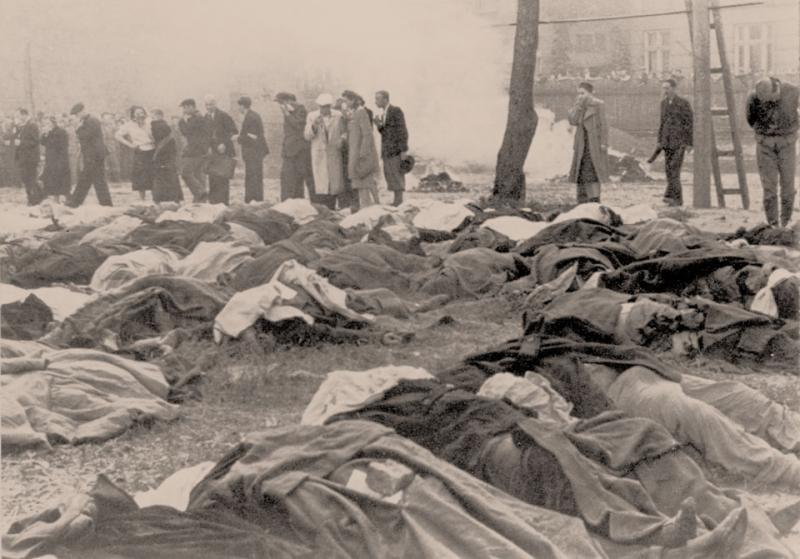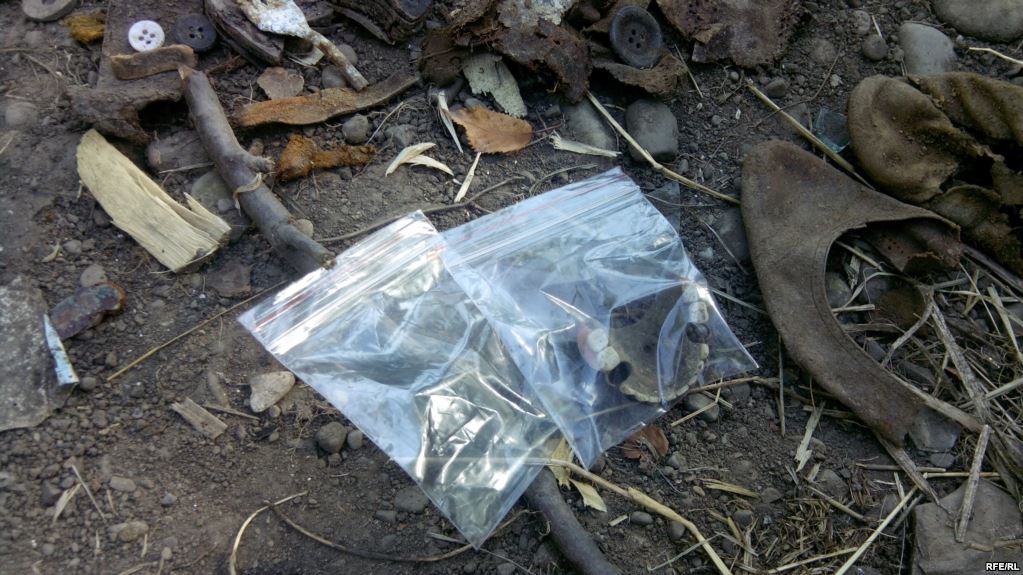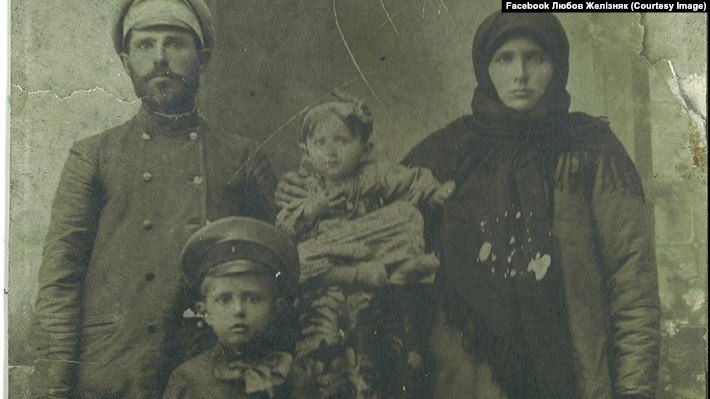The National Memorial Museum of Victims of Occupation Regimes, or Prison on Lontskoho (Ukrainian: Тюрма на Лонцького) is a former detention centre in Lviv that was primarily used as a political prison of the Polish, Soviet and Nazi regimes throughout the 20th century.
Today, the museum houses the main office of the Research Centre for the Study of the Ukrainian Liberation Movement. The whole history of these premises is penetrated by apocalyptic images that are difficult to imagine.

The building was constructed in 1889-1890 at the intersection of Sapiehy (today Stepana Bandery) and Kopernika Streets according to the design of architect Jozef Kajetan Janowski. Built in Neo-Renaissance style, it was originally designed for the Austro-Hungarian Gendarmerie in Lviv. The section where the prison was actually located was built soon after World War 1 in 1918-1920, when Lviv was part of the Second Polish Republic. The prison complex originally housed the Police Commissariat, whose mandate included the fight against “anti-government” organizations, such as the Organization of Ukrainian Nationalists (OUN) and the Communist Party of Western Ukraine. Unofficially, the prison was used for political prisoners. In 1935, the criminal investigation department was transferred to the main building, and the prison was used as a detention facility. During the famous Lviv trial of OUN leaders in 1936, Stepan Bandera, Yaroslav Stetsko, Mykola Lebed and other defendants were held in custody in this prison.
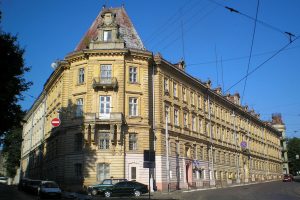
In 1939, the Molotov-Ribbentrop Pact officially enabled the transfer of Galicia (Halychyna) to the Soviet Union. During the First Soviet occupation in 1939-1941, the building housed 1,500 prisoners, and the neighbouring complex was occupied by the regional NKVD administration. During the Soviet period, most of Ukraine’s well-known dissidents, who never failed to mention the cruelty and brutality that they encountered here, spent some time in the prison. Yaroslav Chemerynsky, chaplain of the Ukrainian Galician Army and OUN member, as well as Yuriy Shukhevych, brother of OUN and UPA commander Roman Shukhevych, were executed here in 1941.
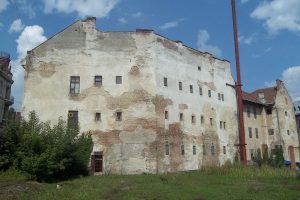
After Germany attacked the USSR in June 1941, the most urgent issue for the soviet authorities was the huge number of political prisoners, especially in front line cities, like Lviv. There were 3,638 prisoners in the Prison on Lontskoho. On the whole, there were 5,424 political prisoners in all of Lviv Oblast.
On June 23, 1941, in order to resolve the issue of overcrowded prisons, People’s Commissar of State Security Merkulov issued Order No.2445/M and Chief of the NKVD prison administration of the Ukrainian SSR, Captain of State Security Filippov also issued a similar order the same day.

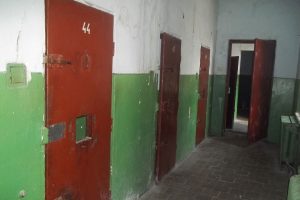
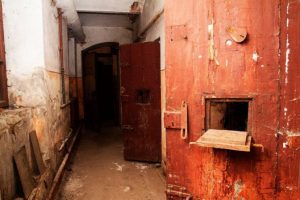
The executions began on June 22: 108 death-row inmates were immediately executed. According to the interim report of Lieutenant Yosyf Lerman, Chief of the NKVD Prison Department in Lviv Oblast, 2072 people were executed in Lviv and Zolochiv prisons on June 24; another 2068 persons were executed between June 24 and 28. Thus, 4140 inmates were executed in Lviv Oblast alone. About 500 people were arrested between June 22 and 28. Lerman reported that new prisoners were not recorded in prison registries. In most cases, they were summarily rounded up, and collectively accused of membership in OUN/UPA, espionage and sabotage. 1,681 people were shot in the Prison on Lontskoho, accounting for 42% of all executed prisoners in Lviv.
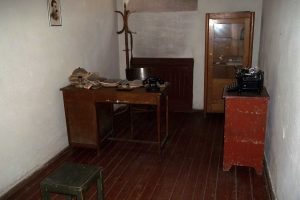
At first, the prisoners were executed in the usual way practiced by the NKVD, in special chambers with one bullet to the head. As the Germans approached, the soviet authorities realized that they had to operate more efficiently. They proceeded to organize mass massacres, driving prisoners to basement cells, where they mowed them down through cell-door viewing windows. In the final days, NKVD guards threw grenades into the chambers or opened the doors to the cells; thinking they were being released, the prisoners ran out into the corridors and were promptly cut down by machine gun fire.
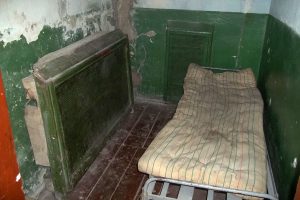
The bodies were hastily loaded onto trucks and buried in special places, which are gradually being investigated and excavated by local researchers. In the final few days, NKVD employees hurriedly hid the bodies in prison courtyards and basements. Nearly 700 people were buried in the courtyard of the Prison on Lontskoho. Quicklime was thrown over the bodies to accelerate decomposition, and young trees were planted on the graves. When the Nazis arrived and established their headquarters in Lviv, they began excavating these graves, and used images of the bodies to stir up anti-Soviet propaganda among the Ukrainian population.
Today, only 747 names of executed men and women have been recorded. These include 509 Ukrainians (67%), 177 Poles, 53 Jews, 11 Russians and 7 other nationalities. The youngest person was identified as 13-year-old Witold Marcikowski from Poland; the oldest, 78-year-old Ilya Myshohryb from Ukraine.
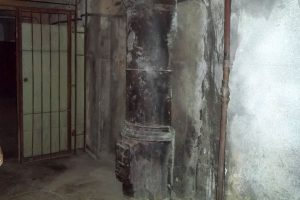
In 1941-1944, the building was used as a Gestapo detention centre, and housed an office of the Einsatzgruppen des Sicherheitsdienst (SD) (death squads of the Nazi security service). The prison courtyard was paved with tombstones from an old Jewish cemetery. Former Polish PM Kazimierz Bartel was imprisoned here from July 21 to 26, 1941.
From 1944 to 1991, the complex accommodated the NKVD Criminal Investigation Department and detention facility, the Ministry of State Security and the KGB of the USSR, as well as the Office of Internal Affairs of the Lviv Executive Committee and the Department of Internal Affairs of Ukraine in Lviv Oblast.
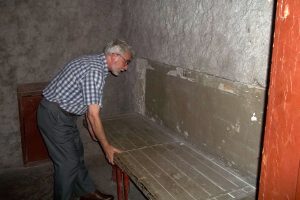
The National Memorial Museum of Victims of Occupation Regimes Prison on Lontskoho was created to preserve national memory. Not only is it the largest prison in Western Ukraine, but it is also a reminder of the horrors of totalitarian soviet rule, the German and Polish occupation regimes, and a warning for future Ukrainian generations not to allow such terrible tragedies to happen again. Many experts, organizations and institutions, in particular the Centre for the Study of the Liberation Movement, Security Service of Ukraine, Lviv Regional Administration and Lviv Regional Council, Lviv City Council, members of Lviv’s Poshuk (Search) Society and Pamiat (Memory) Association worked together to establish the museum.
On the initiative of NGOs and Lviv residents and assisted by the Security Services in Lviv Oblast, a large cross was set up in the prison courtyard in the spring of 2006, serving as a reminder of the most terrible moments of this prison’s history.
In 2007, at the request of the Lviv City Council, the Liberation Movement Research Centre began researching the history of the Prison on Lontskoho. On June 28, 2009, the Centre opened the first stage of the memorial museum Prison on Lontskoho.
In August 2016, mass graves were found during excavation work in the prison courtyard.
Photo gallery: Lviv residents search for relatives and friends among the bodies of victims tortured and executed by the NKVD in Prison on Lontskoho, July 1941 (photos taken by Nazi occupation troops for propaganda purposes)
But, it is the absolute silence of the execution chambers that drain your mind and leave you feeling totally powerless.










